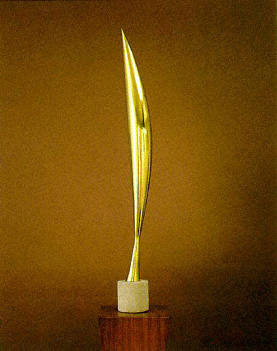The Economist writes about trends in University funding, especially France, in an article which celebrates the growing autonomy of educational institutions and increased funding from the private sector. No surprise there: encouraging free markets or, in the case of education, operating models based on free market mechanisms, is their self-confessed raison d’être (full disclosure: I also kneel at the altar of Milton Friedman). The famous generosity of the American philanthropic system comes in for praise. In the past, this has been credited to Europe’s deep-seated belief that the role of government is to provide social services (In 1948 over 90 percent of Britons ‘felt there was no longer a need for charities in the country’!). The Economist associates this state of affairs with a grim but oft-quoted statistic: only 2 of the top 20 Universities in the world are in Europe (Cambridge and Oxford) according to Shanghai Jiao Tong University's rankings. They also point out ‘Only 24% of working-age Europeans have a degree, compared with 39% of Americans.’ Has Europe’s and, of more concern to us, Great Britain’s welfare state put them miles behind America?
Not so fast.
The Guardian points out that ‘annual spending by Europe's top 25 corporate foundations last year outstripped the US by over €500m (£335m), distributing €1.7bn (£1.14 bn) compared to €1.1bn (£738m) in the US’. Furthermore, America’s hyper-rich distort the picture: although ‘US charitable foundations as a whole still give more than the Europeans - €7.3bn (£4.9bn) compared to €4.4 bn (£2.9bn) ... The Bill Gates Foundation alone accounts for more than $1bn (£527m).’
Meanwhile, in the UK, education is increasingly the beneficiary of private donations. Of the causes for individual charity in the UK, ‘Education is the only cause to see a significant growth in the share of total amount given’ between 2004/5-2006/7, according to the Charities Aid Foundation.
More important, some are questioning whether increasing funds from charitable organizations can have an adverse effect, especially in primary education. Here America serves as a deplorable example. According to executive Director of the National Committee for Responsive Philanthropy Rick Cohen, ‘in President Bush's proposed budget for the fiscal year 2007, the administration justified proposed cuts in its small schools programme by citing the availability of funds for the same purpose from the Bill and Melinda Gates Foundation. That made a foundation programme, where the decisions are made by a few administrators and the foundation's two trustees, a potential substitute for a federal government action. The foundation programme was not delivered uniformly nationwide, and unlike the education department programme, there are no mechanisms for complaint or administrative review.’
It seems the UK is stumbling toward a middle ground between the stifling environment in France and the problematic American model. As students at the Courtauld, I think we can agree on the need to keep moving toward the latter; perhaps we should let others know how they can help us get there.
-Joanna M.
























